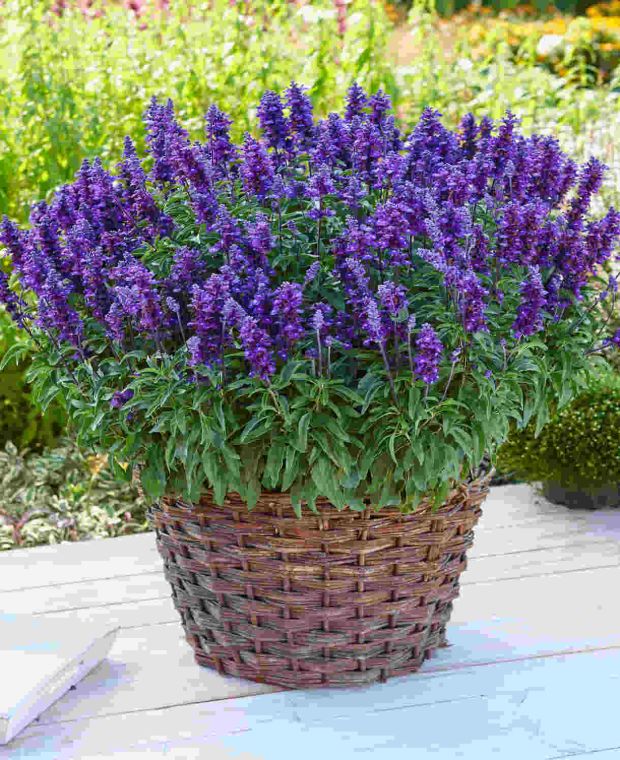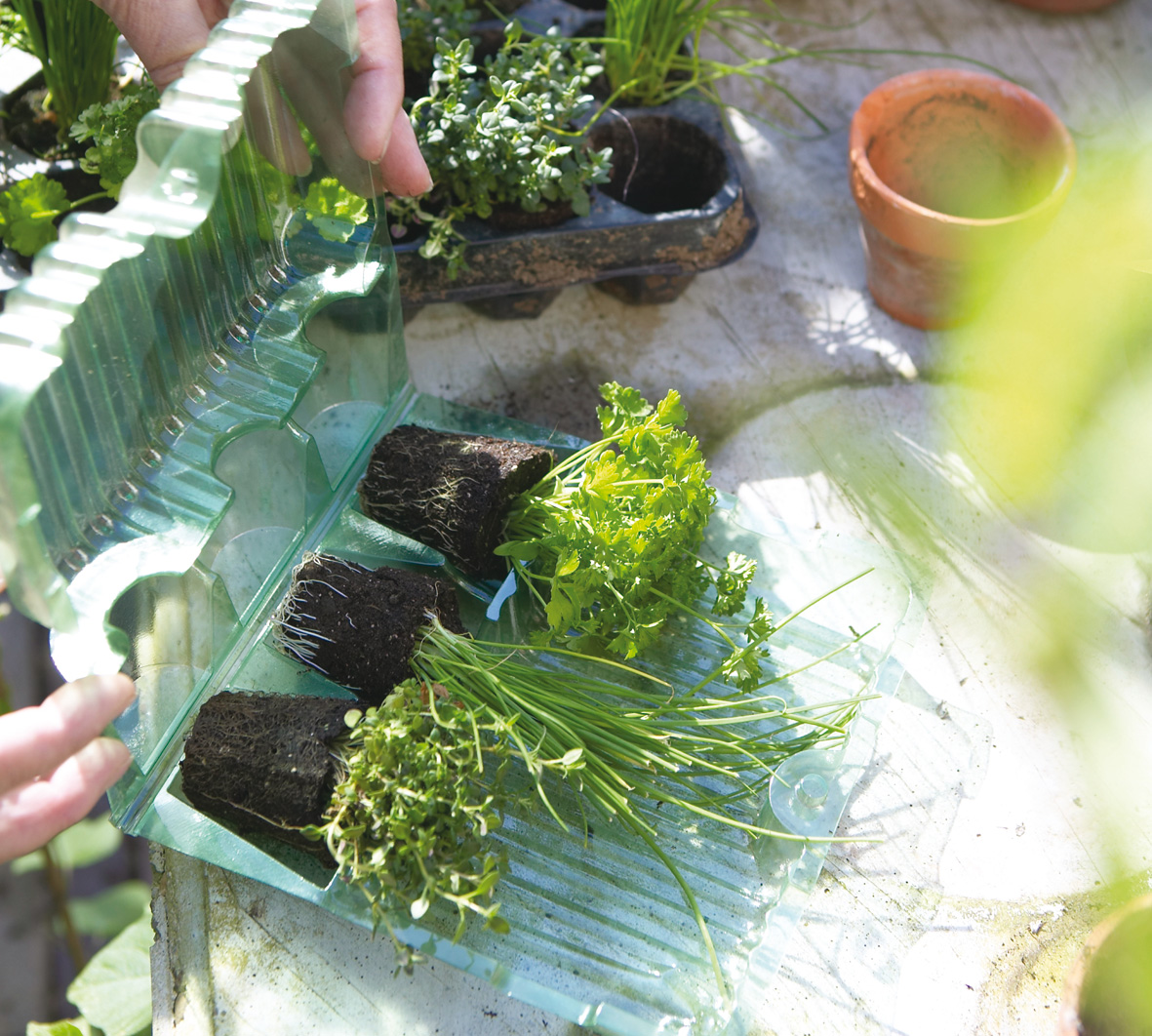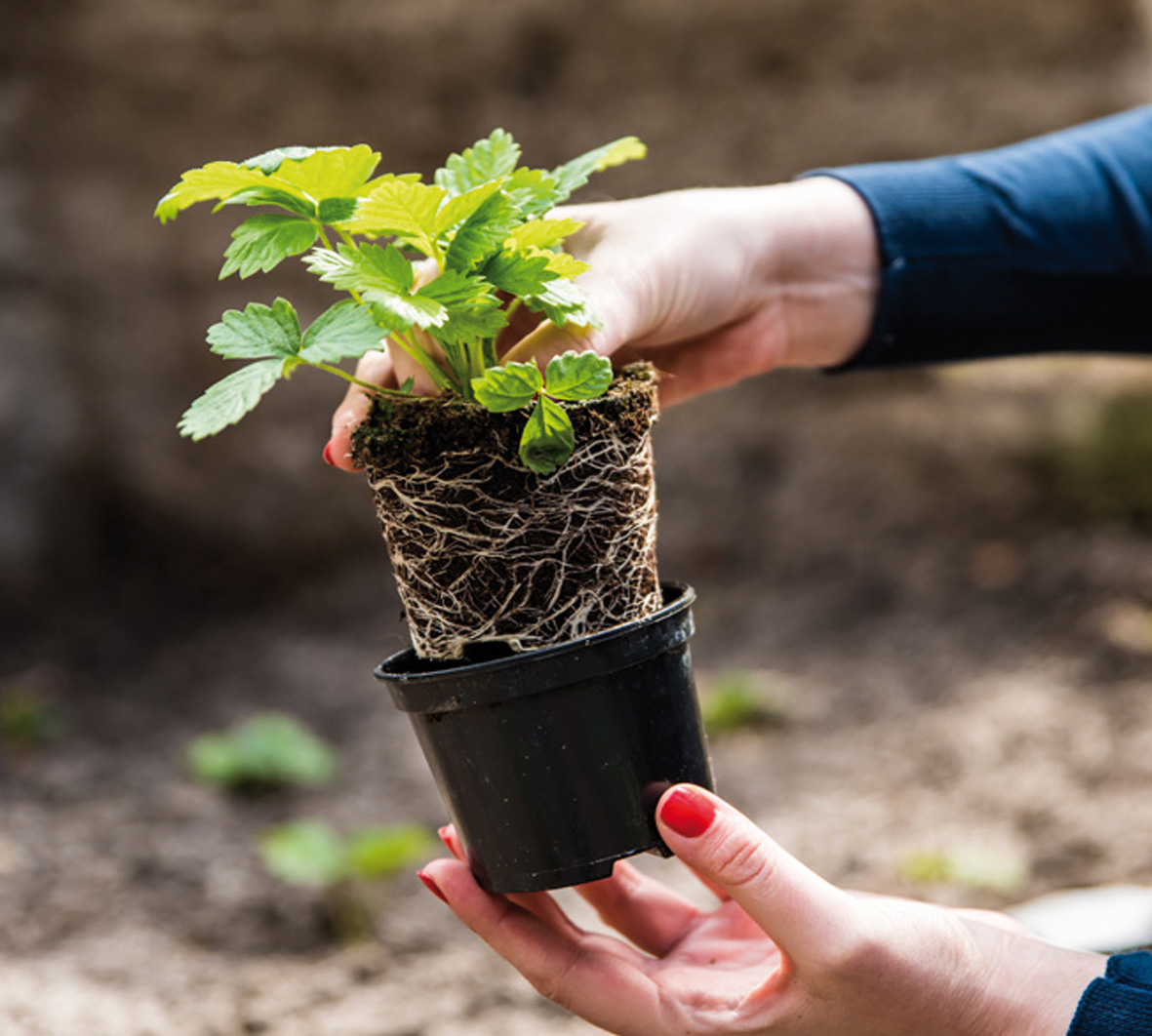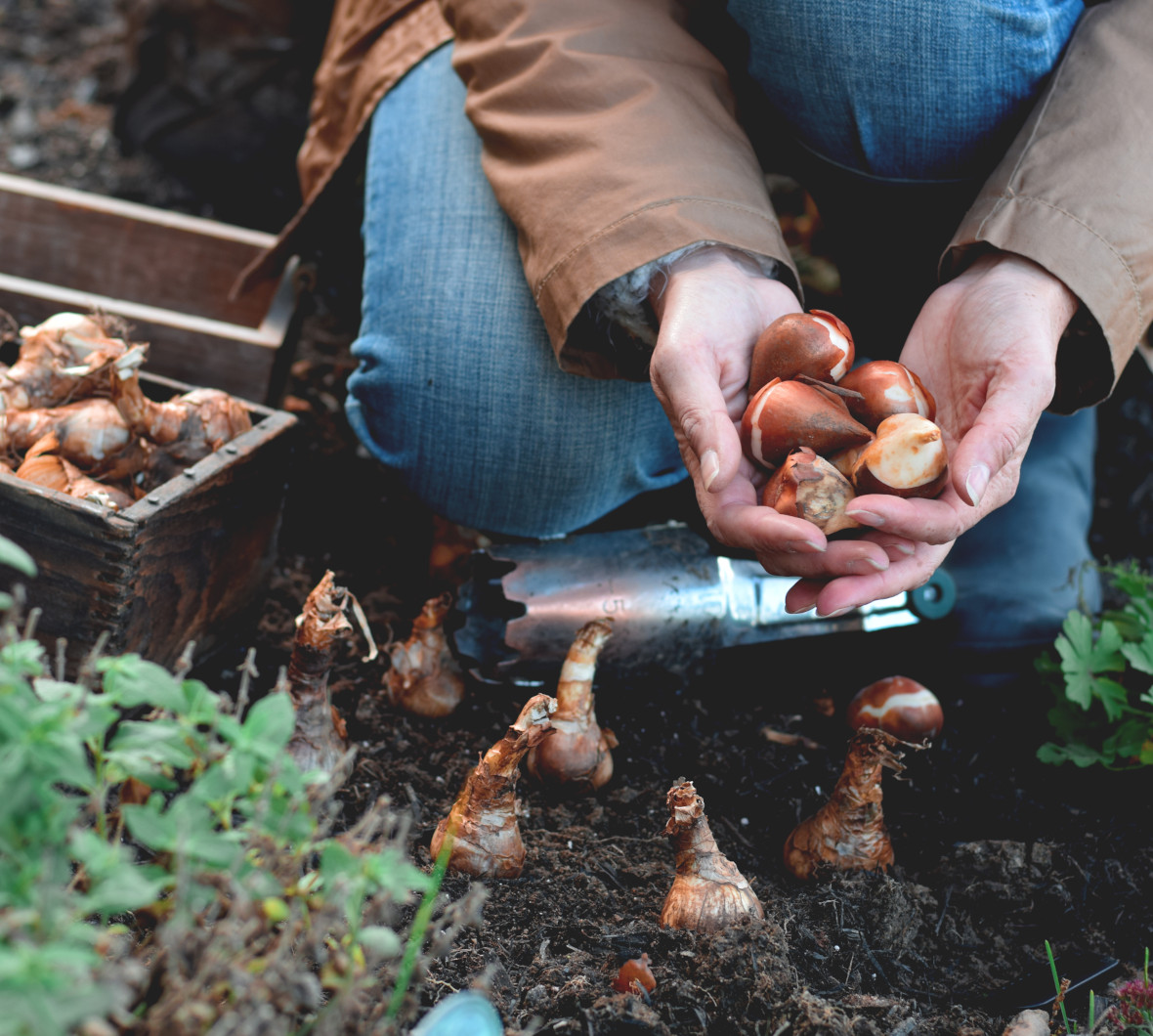Strong spires of charmingly coloured flowers stand proud above fabulous shiny leaves on tall, branching square stems. Salvia farinacea ‘Farina Violet’ will watch over your borders like an angelic presence with stems swaying gently in the summer breeze. The true violet colour radiates a heavenly energy that instantly brightens up the garden. Plants, and flowers, are brilliantly weather resistant and bloom profusely for an incredible six months from late spring to the first frosts. A charismatic, herbaceous, half-hardy perennial which is commonly referred to as mealy sage. Native to Mexico, Nuevo Leon, and parts of the United States such as Oklahoma and Texas. This is the perfect choice for anyone creating their very own cutting garden. Often said to resemble Lavender, Salvia farinacea looks exceptional in any dried or fresh flower arrangement in your or a loved one’s home. Plant in well-drained compost which is loam or sand based. Position in full sun or light shade with a south or east facing aspect. Matures to a height of 45cm with a spread of 30-40cm.
Flower and Foliage Months

Mar

Apr

May


Jun


Jul


Aug


Sep


Oct


Nov
 Foliage Month
Foliage Month
 Flowering Month
Flowering Month
















